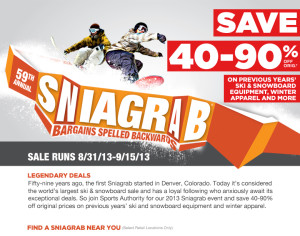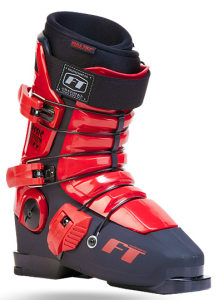As I am writing this post, the wind-chill outside is between 20-25 BELOW ZERO. Wow! Dangerous… skin can freeze in minutes. It is on days like today that my mind focuses on my coldest-weather clothing. Below is a list of my ski clothing and ski accessories for keeping warm and protecting my skin while skiing and teaching at Mt. Crescent on these coldest of days.
Rechargeable Boot Warmers: OK…I know very few of you have these… I only bought my first pair in 2006. But, these are great! The best $200.00 I have ever spent on gear!!! My secret weapon as a ski instructor to avoid cold feet! Here is the website: www.hotronic.com.
Heavy Fleece pants mid-layer: In addition to my medium weight thermal base-layer, I add my heavy fleece pant. Both of these layers go under my standard insulated powder pants. Here is a link to a heavy fleece pant that REI sells: Polortec 100 Teton Fleece Pants.
Heavy-weight thermal base-layer top: This heavy base-layer top keeps my core warm. I then layer my standard turtleneck, fleece ski sweater and medium fleece vest on top of this. Smartwool has a quality heavy base layer this year. NTS Mid-250 Crew
Insulated top layers: My down filled Marmot Zeus down jacket keeps my arms, core, neck and chin toasty warm. This jacket has 800 fill goose down and weighs 408.2 grams.
Wind and/or Moisture barrier: If it is windy, I will wear a gore-tex shell over my down jacket. My shell has an oversized hood that fits nicely over my helmet.
Chemical Hand Warmers: I always carry extra packages of these hand-warmers with me…. they fit perfectly in my Swany Toaster Gloves which have a nice little zipper into which I can insert the warmer packets and viola, no cold hands!!!
Heavy Polarfleece Balaclava to protect my face and keep my head warm underneath my helmet.
Goggles to keep the cold away from my eyes…..
If I use all of these accessories, I have no skin exposed, my feet, hands and core remain toasty warm and I have plenty of flexibility for moving my legs and arms while skiing down the slope.
There you have it… my secrets for staying warm… I love to ski, but I hate to be cold!!! Enjoy and be careful in this cold weather.


